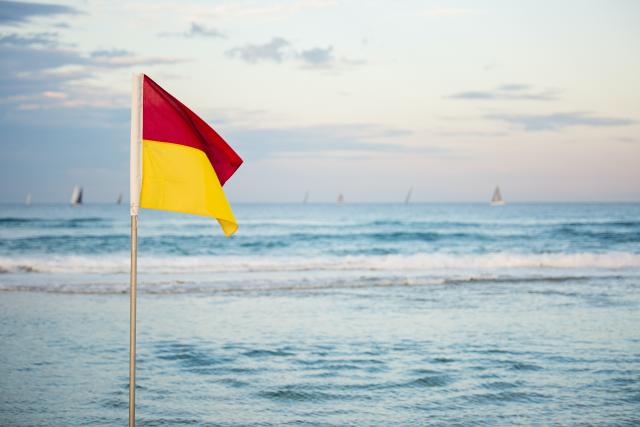New research highlights how improvements to beach safety signage could prevent drownings in the future.
The study by University of Adelaide researcher Dr Masaki Shibata examined how current safety signage on beaches is interpreted by both overseas-born beach goers and Australian citizens.
“According to the National Coastal Safety Report 2022, 939 coastal drowning fatalities were recorded from 2012-2022, almost half of which were overseas-born beachgoers. However, the 939 fatalities were only of people whose birth continent was known, so the total number of drownings is higher,” Dr Shibata said.
He said signage could be improved by including:
– Messages in the languages of the people who are at most risk of coastal drowning
– Photos, not just symbols, of dangers such as jellyfish to improve messaging for non-English speakers
– Clear explanation of what the hazard is such as poison or sting
– Clearer colour coding: many safety signs are yellow whereas red indicates greatest dangers to many communities
As part of the research, Dr Shibata gathered information from 160 interviews with beachgoers on how they interpreted signage at Bondi Beach, with about 50 per cent of those born overseas and about 40 per cent of Australians rarely or never reading beach safety signage at beaches they’re not familiar with.
“Approximately half of the overseas-born beachgoers had no understanding of some beach safety terms such as high surf, shore dump, or bluebottle. Not reading the signs, or not understanding them, could have deadly consequences,” Dr Shibata said.
According to the study, many people were also unsure about what the Australian beach flags meant.
“While they represent ‘always swim between the flags’, more than 30 per cent of the overseas visitors and residents believe that beach flags mean that only people ‘perceived to be good swimmers’ were allowed to be between the flags,” Dr Shibata said.
“Another common flag instruction -‘No flags = no swim’- is also confusing, with half of all respondents interpreting this as they may not swim, but they may play, walk, and stand in the water.”
Details: www.sciencedirect.com/science/article/abs/pii/S0925753522003058.








